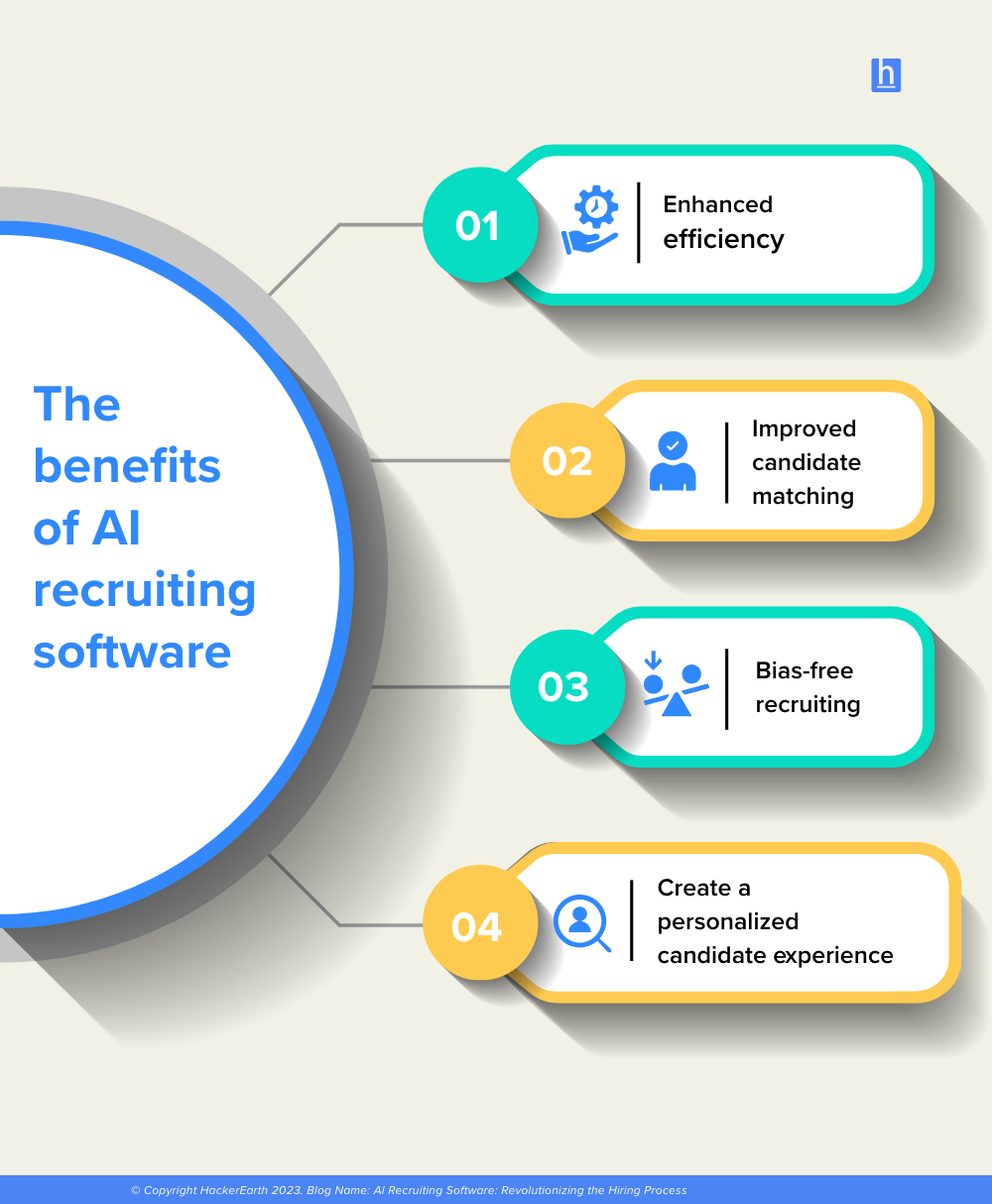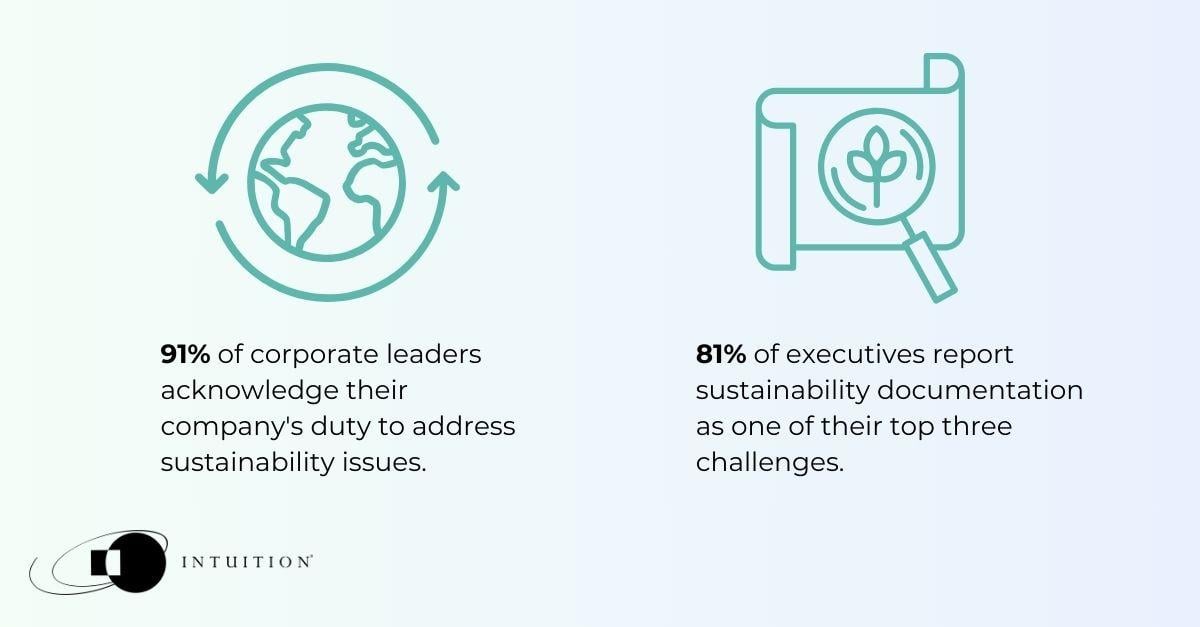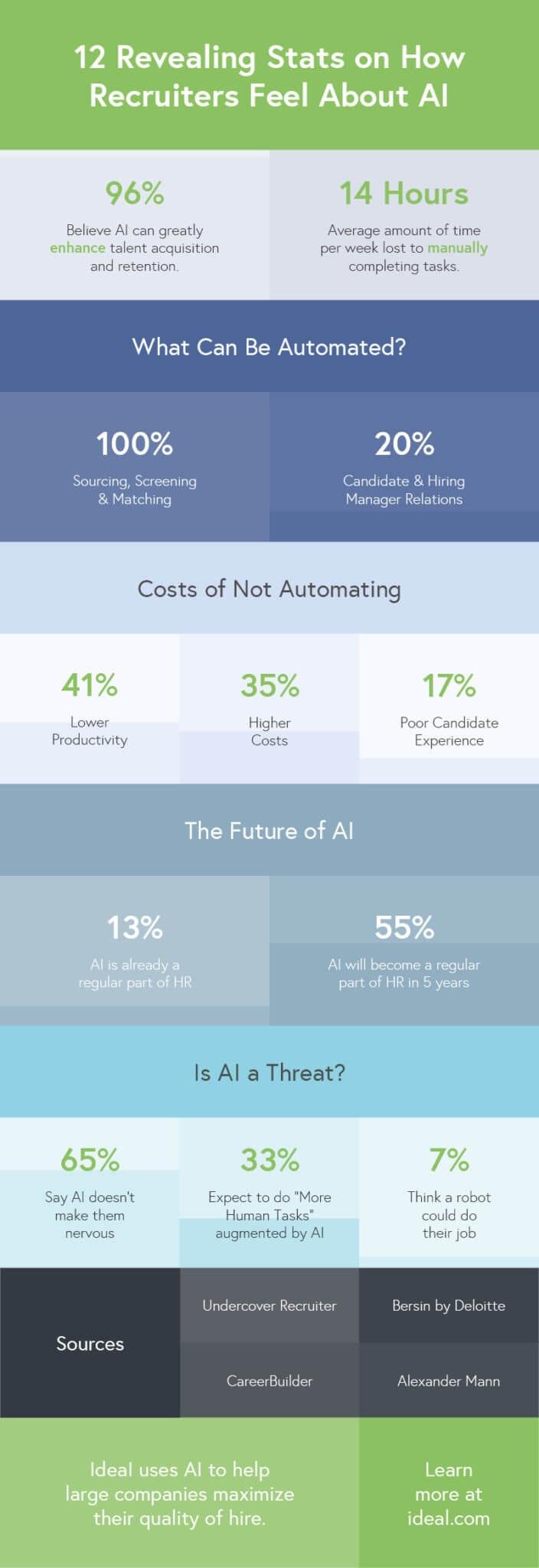As defined by Forbes, the turnover rate is a significant human resources KPI that indicates the number of newly hired employees needed to fill the vacant positions left by departing employees within a particular time, typically a year. It is an essential metric for assessing an organisation's well-being, stability, and overall employee management.
By comparing the turnover rate with industry and global retention benchmarks, businesses can gain valuable insights into their work culture, hiring policies, and workforce engagement levels, which can help drive growth and enhance employee satisfaction.
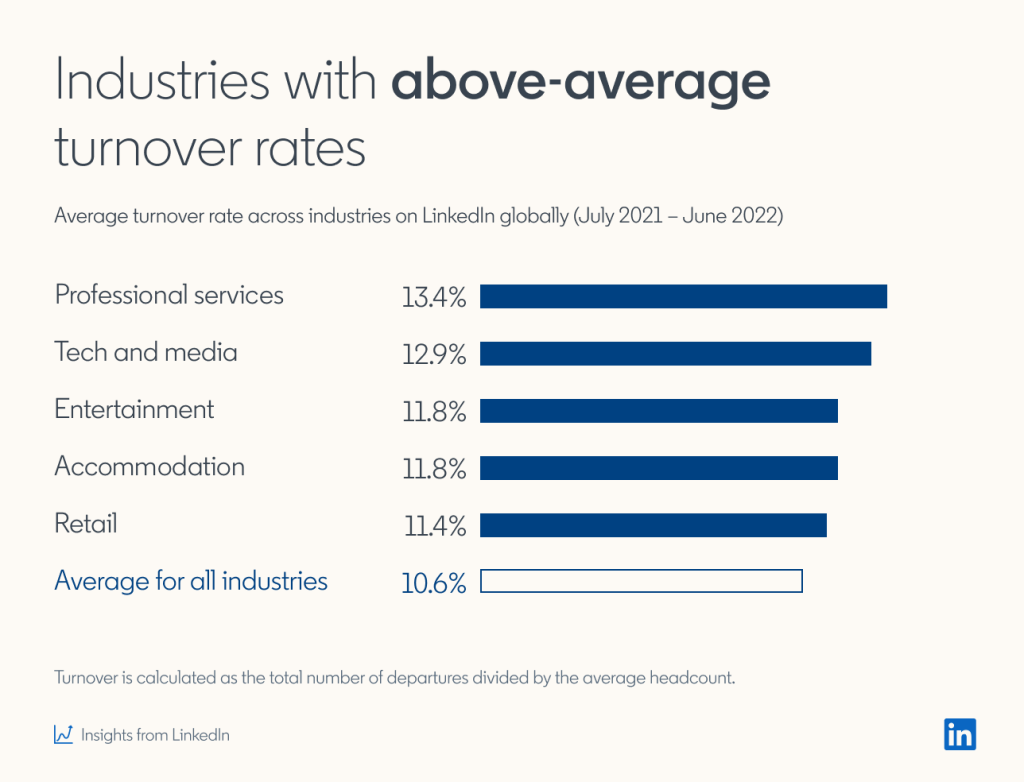
The Technology and Media sector recorded an elevated turnover rate during the period from 2021 to 2022, exceeding the average rate observed in other industries. Source: LinkedIn Talent Blog
Comparing Tech and Digital Job Turnover Rates in Ireland and the EU
Employee turnover rates can provide important insights into the job market, and comparing these rates across different regions can be particularly insightful. In this regard, LinkedIn Talent Insights has been a valuable resource for examining the turnover rates in various digital roles in Ireland and the European Union (EU) as a whole.
According to the data, turnover rates within the digital sector of Ireland are generally similar to those found throughout the European Union, with some interesting variations observed among different roles.
Software Engineering Turnover Rates
Software Engineers play a crucial role in the technology industry, designing, developing and testing software programs. As a result, the demand for software engineers has risen significantly, and there has been stiff competition for talent in this field. Despite this intense competition, the turnover rate for software engineers in Ireland – 23%, is only slightly higher than the EU being on the level of 21%.
Digital Marketing Turnover Rates
The digital marketing industry is rapidly evolving, with new trends and technologies emerging regularly. Ireland has been at the forefront of this industry, and as a result, the turnover rate for digital marketing managers is slightly lower in Ireland is at 19%, in comparison to the EU average of 21%.
eCommerce Turnover Rates
The eCommerce industry has seen explosive growth in recent years, and Ireland has been at the forefront of this trend. Despite the competitive nature of this field, the turnover rate for eCommerce Managers in Ireland is much lower than the EU average – 12% vs. 18%.
Product Management Turnover Rates
The role of a Product Manager requires a combination of technical, creative, and business skills, making it a challenging and rewarding career. The turnover rate for Product Managers in Ireland amounts to 17%, compared to 15% in the EU.
Business Development Turnover Rates
The role requires strong interpersonal and communication skills, as well as a deep understanding of the industry and market trends. Despite the high pressure and competition in this field, the turnover rate for Business Development Managers in Ireland is lower (15%) than the EU average (19%).
User Experience Turnover Rates
The turnover rate for User Experience Designers in Ireland – 30% is slightly higher than the EU average at 29%. This could be due to the intense competition in this field, as well as the rapidly evolving nature of the industry, which requires designers to stay up-to-date with new trends and technologies.
Account Management Turnover Rates
Account Management is based on developing relationships with existing clients, ensuring their needs are met and developing new business opportunities. The turnover rate for Account Managers in Ireland is slightly lower at 16% compared to 17% in the rest of the Union.
These insights provide a useful snapshot of the digital job market in Ireland, and how it compares to the rest of the EU. While there are some variations across different roles, the data suggests that the turnover rates in Ireland are generally in line with the EU average.
Why Do Employees in Tech and Digital Leave Their Companies? Insights into Turnover Rates
ICONIC's latest report on the future of work reveals that a significant proportion of tech workers are leaving their jobs for various reasons. Specifically, dissatisfaction with job roles is cited as the primary reason for 83% of departures, while 78% leave due to a lack of career growth and professional development opportunities. Salary and compensation issues are also significant factors, with 75% of departures attributed to this reason, while burnout is another contributing factor, accounting for 73% of departures.
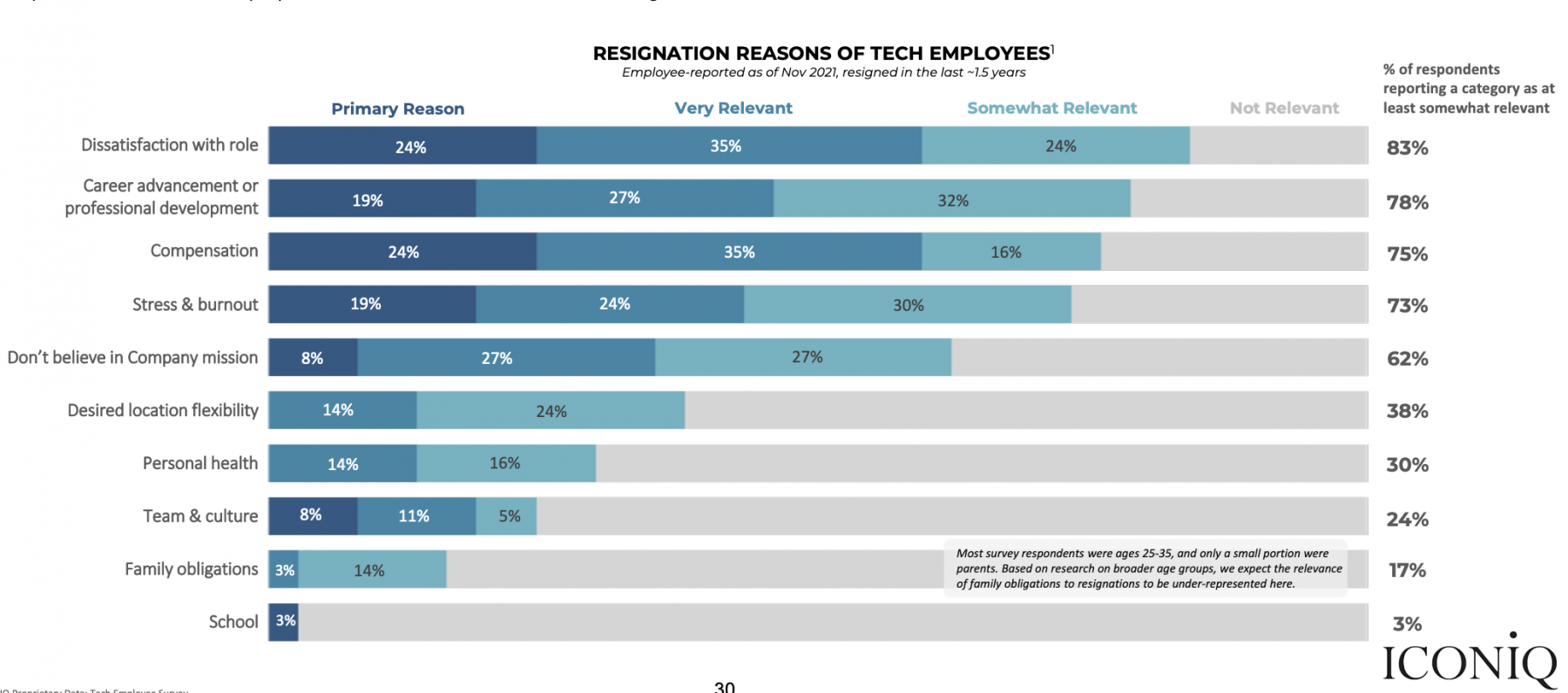
Primary factors that prompt employees to leave their employers in the technology sector. Source: ICONIQ Future of Work Survey.
In the recently conducted survey by Prosperity on the topic of the state of remote work in Ireland, that included the answers of over 900 candidates, the motivations were similar. The number one motivation for switching jobs was salary, followed by career progression and fully remote working conditions.

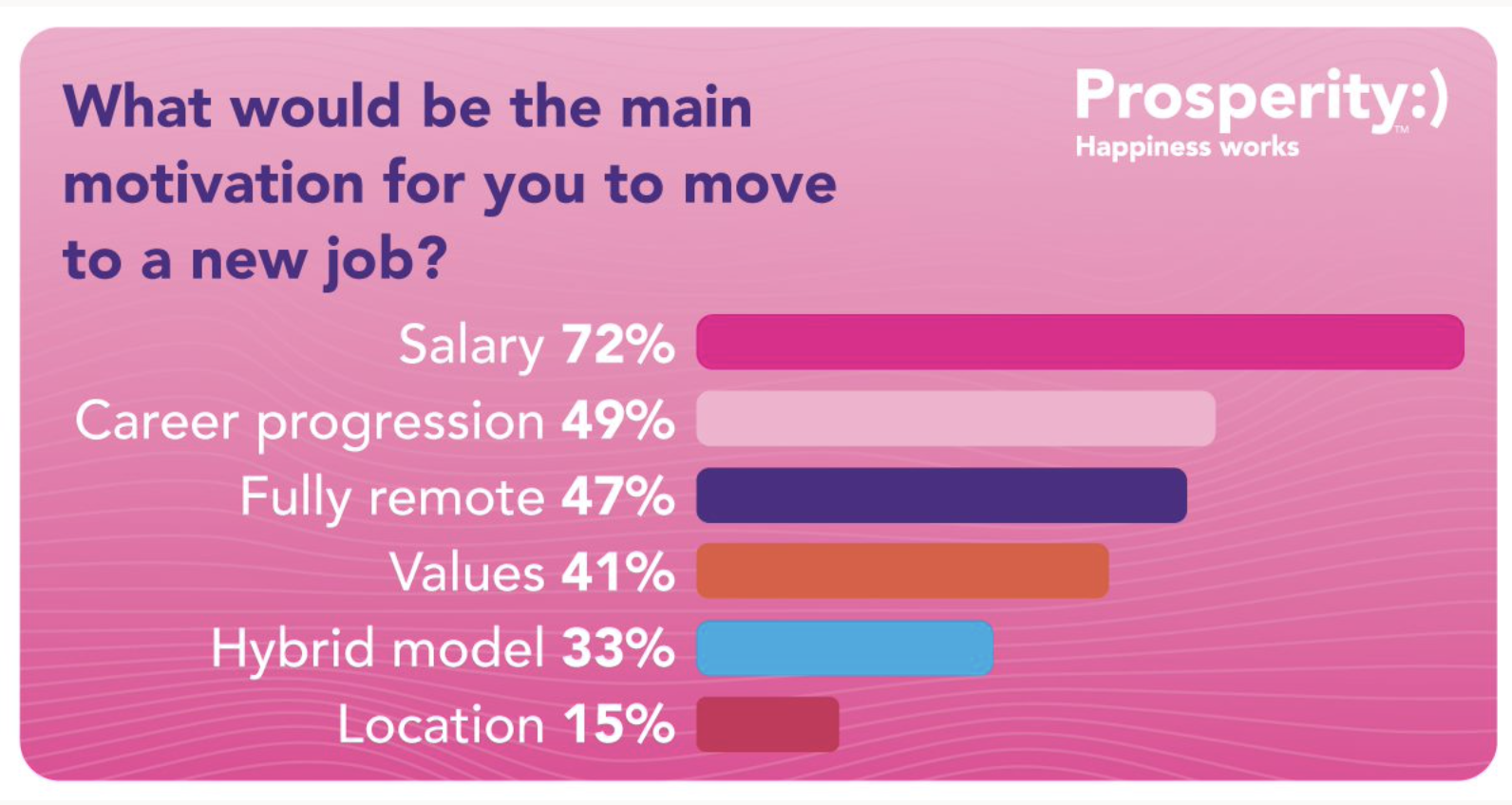
Results of one of the questions asked in the Prosperity survey.
Linking the two reports, we can see that both the ICONIC report and the Prosperity survey highlight similar factors that contribute to tech workers leaving their jobs. Dissatisfaction with job roles, a lack of career growth opportunities, salary and compensation issues, and burnout are all cited as significant reasons for employees switching jobs.
Insights into Employee Turnover Rates in Ireland's Digital Sector: Identifying Trends and Areas for Improvement
Employee turnover rates are a crucial metric for businesses to track, as they provide valuable insights into the organisation's health and workforce management practices. As highlighted by the Society for Human Resource Management and ICONIC's latest report, low compensation, limited career growth opportunities, workplace inflexibility, unmanageable work expectations, and poor leadership are among the primary reasons for high turnover rates. These factors are not limited to the tech industry and can affect businesses across different sectors.
Comparing turnover rates across different regions and roles can be useful in identifying trends and areas for improvement. The data from LinkedIn Talent Insights reveals that while the turnover rates for digital roles in Ireland are generally in line with the EU average, there are variations in different positions.
These findings suggest that employers in the tech sector need to focus on providing competitive salaries and compensation packages, clear career progression paths, opportunities for professional development, and effective measures to prevent burnout in order to retain their employees. Furthermore, with remote working becoming more common, offering the option for fully remote work may be a key differentiator in attracting and retaining top talent in the tech industry.

Breakdown of the turnover rates by industry. Source: Gartner.
Contact us
If you have any questions concerning the digital sector and would like to know more, do not hesitate to get in touch!
Additionally, if you want to check out our Salary Survey packed with fresh insights and updated salaries for the digital and tech sectors in Ireland, featuring comprehensive information on the remote working conditions and most recent recruitment trends, click here!
by Natalia Dercz


